Original Dixieland Jazz Band plays “Dixie Jass Band One Step” on Victor 18255 recorded on February 26, 1917. This first jazz disc was influential in 1917 the way Beatles records were influential in 1964!
This ODJB debut record helped create a jazz craze in 1917.
The two performances on the first jazz disc are outstanding and must have seemed refreshing to listeners during World War I since nothing similar to this “jass” had been recorded before. The performances do share one weakness–the band repeats without variation all sections of both numbers, making for a somewhat monotonous delivery. Members play at full volume throughout the performances, which therefore never reach a climax.
At that time the group consisted of cornetist Dominic (“Nick”) James LaRocca, clarinetist Larry Shields, trombonist Edwin (“Eddie”) Branford Edwards, pianist Harry W. Ragas, and drummer Anthony (“Tony”) Sbarbaro. All were white musicians from New Orleans.
About the reverse side: “Livery Stable Blues” was supposed to have been called “Barnyard Blues” on the label. The latter title is certainly more appropriate since the instruments imitate a rooster, horse, and cow. In other words, animals imitated are associated with barnyards whereas only horses are associated with livery stables.
A mixup with sheet music and song titles led to litigation. The ODJB had been assigned rights only to “Barnyard Blues,” so when the performance was erroneously issued as “Livery Stable Blues,” other musicians seized this opportunity to claim credit. New Orleans trombonist Tom Brown claimed to be the writer of “Livery Stable Blues,” and Nunez claimed the same.
The ODJB evolved from an earlier band organized by a New Orleans drummer. Johnny Stein, whose real name was John Hountha, was playing at the Pup Cafe in New Orleans in 1915 or early 1916 when an actor named Gus Chandler urged him to take a band to Chicago. Stein signed a contract with a Chicago entrepreneur Harry James (not the big band trumpeter) and then recruited from his home city four musicians to travel north with him–LaRocca, Edwards, Ragas, and clarinetist Alcide “Yellow” Nunez.
A record company contacted the ODJB immediately after the 400 Club Room debut. Gary Edwards, grandson of Eddie Edwards, possesses a letter dated January 29, 1917, from a Columbia Graphophone Company executive addressed to “Jass Band, c/o Reisenweber’s Restaurant, 58th Street & Columbus Circle, New York City.” It invites the band to call on him “to discuss a matter which may prove of mutual benefit and interest.” It is signed by A. E. Donovan, who had been appointed manager of the company’s professional and personal record departments in October 1916.
An ODJB member, probably Edwards, had scribbled a note on the letter: “Forbish [sic]–Wednesday afternoon, 2:00 P.M.” It is likely that the band met Donovan or Columbia recording engineer Walter A. Forbush on January 31, played an original composition (probably without recording it), and failed to impress Columbia executives with “jass” during this test.
The band naturally would have pushed one of its original compositions as suitable for recording. Brunn had stated that the session was “ca. January 30.” Donovan’s letter establishes January 31–a Wednesday–as the date.
ODJB trombonist Eddie Edwards recalled early studio days for the May, 1947, issue of Jazz Record. From his account and Brunn’s book, the myth arose that the ODJB’s Columbia disc features the first jazz recordings. Rust’s Jazz Records: 1897-1942 cites a January date for Columbia A2297, but Rust later called this an error, identifying May 31 as the real date.
A month after auditioning for Columbia, the band recorded for the Victor Talking Machine Company. Takes from this February 26 session were issued quickly. The first jazz record was Victor 18255, which featured “Dixieland Jass Band One-Step” (on the “A” side–“Composed and played by Original Dixieland ‘Jass’ Band”) backed by “Livery Stable Blues.” It is worth noting that “one-step” is in one title, and the other is characterized on the label as a fox trot. The phrase “For Dancing” is added to the right of the spindle hole on both sides of the disc (Columbia adds the phrase “Dance music” to the right of its spindle hole).
Victor supplements stressed that ODJB records provided dance music, a fact that seems to be little appreciated today. Announcing the release of “Broadway Rose” and “Sweet Mamma” on 18722, Victor’s March 1921 supplement states, “Here are two numbers, which, if danced properly, are guaranteed to keep the participant at least two jumps ahead of gloom and disaster.” Announcing “Dangerous Blues” and “Royal Garden Blues” on 18798, Victor’s November 1921 supplement states, “For those who demand humor in their dance records, these are assuredly ‘good tunes.'”
Victor’s May 1917 supplement, printed in late April, describes the ODJB’s debut record and includes a photograph of the band.
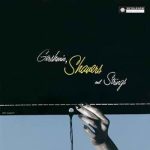




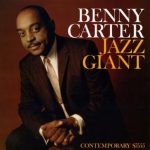
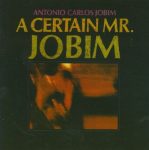
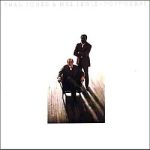
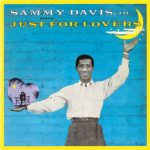
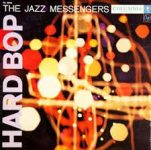
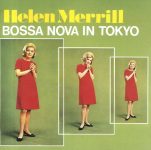
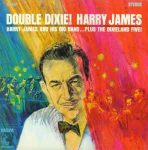

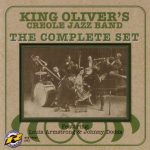
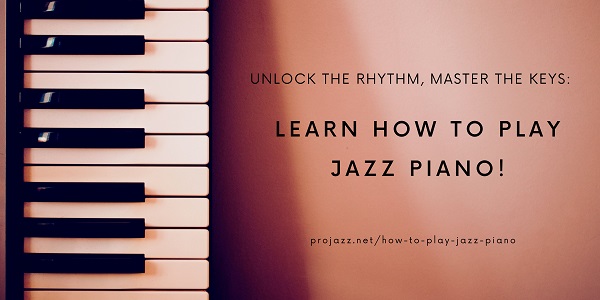


Thanks! Share it with your friends!
Tweet
Share
Pin It
LinkedIn
Google+
Reddit
Tumblr